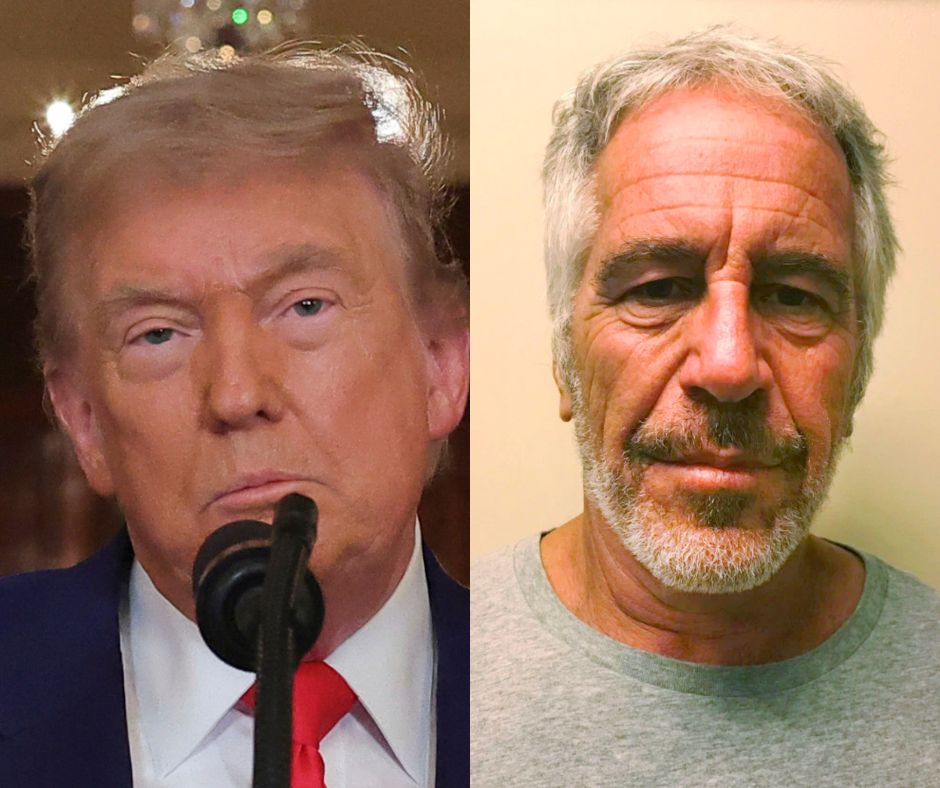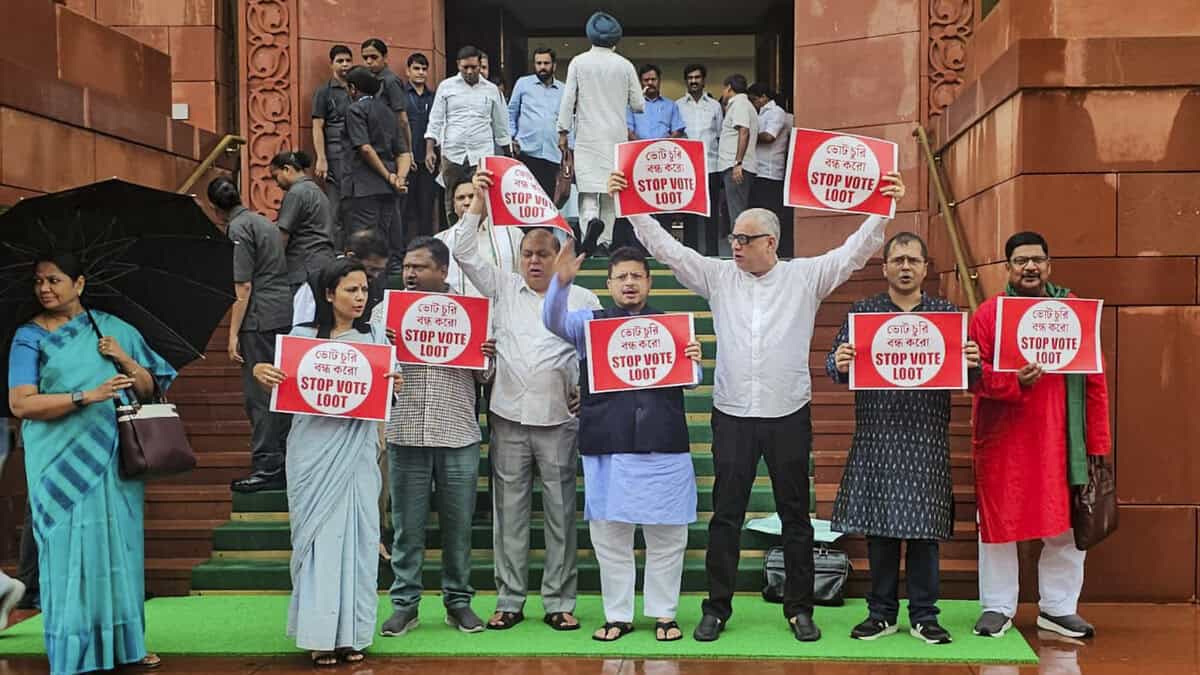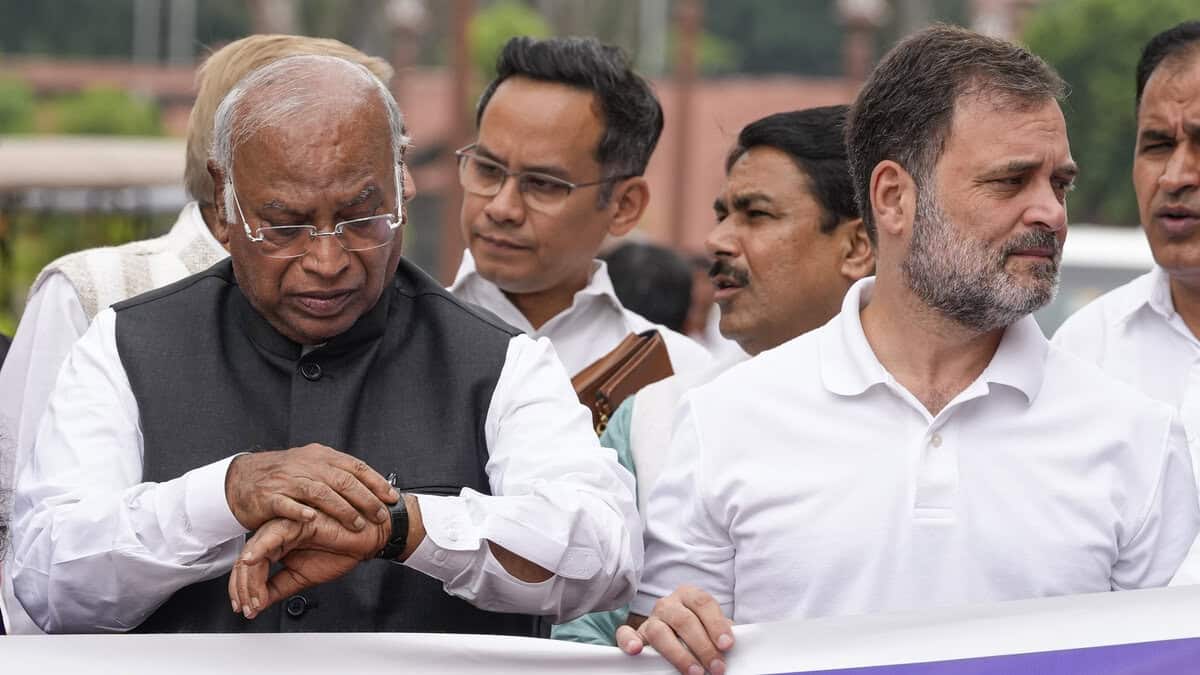WASHINGTON — Five years after George Floyd’s murder, the Trump administration is quickly moving to erase all reforms — modest that many may be — that police departments implemented after his death on the streets of Minneapolis.
Congress moved to try to implement new practices and procedures on the nation’s police departments — including the one in Minneapolis — after Floyd’s horrifying death, captured on videos by passersby that shocked the nation. It was the first time Congress tried to implement policy changes on the local police, which is usually under local control.
Congress’ efforts eventually failed, largely due to the lobbying of police unions and GOP efforts to cast the protests and riots that followed Floyd’s death as proof of growing lawlessness and a reason to avoid anything that could weaken the law enforcement abilities of local police.
“The threat of crime has long been used to expand police powers,” said Joanna Schwartz, a law professor at the UCLA School of Law who is an expert on police accountability.
Related: Truth or fiction: As claims surrounding George Floyd circulate online, here are the facts
Former President Joe Biden was frustrated that Congress could not approve the George Floyd Justice in Policing Act, which cleared the U.S. House twice when it was under Democratic control but stumbled in the U.S. Senate. So, the former president issued some reforms under his executive authority.
Biden’s executive order, signed in May of 2022, implemented parts of the George Floyd Justice in Policing Act, including restricting the use of choke holds like the one that ended Floyd’s life. It also put an end to “no-knock” warrants that allow police to storm into homes, including the one of Breonna Taylor, a 26-year-old Louisville, Ky., emergency room technician who was killed in a “no-knock” raid.
But Biden’s authority was limited to federal authorities, not local police.
It did, however, allow Biden to limit the transfer of surplus military equipment to local police, expanding the Obama-era restriction on this practice.
As far as local police, Biden’s order encouraged practices to strengthen the recruitment, hiring and retention of law enforcement officers, promote community trust and address racial disparities in policing, but could not mandate changes.
That executive order was revoked by Trump on Jan. 20, his first day in office.
“The Trump administration has signaled in every way they are going to remove any restraints or reforms on the police,” Schwartz said.
Related: DOJ moves to cancel police reform settlement reached with Minneapolis
Just days before the anniversary of Floyd’s death on Sunday, the U.S. Department of Justice filed a motion to dismiss its case against the city of Minneapolis that would have resulted in a federal consent decree and mandated reforms for the Minneapolis Police Department. On Tuesday, a district court judge granted the request, throwing out the case with prejudice, meaning it can’t be brought forward again.
Efforts to implement the consent decree was the result of a two-year investigation into the Minneapolis Police Department that found its culture created “systemic problems” that resulted in the police killing of Floyd five years ago.
The investigation also found the Minneapolis Police Department routinely used excessive force, “unlawfully discriminates against Black and Native American people,” and violated the rights of those who criticize them.
Despite the willingness of Minneapolis and its police force to adhere to the consent decree reforms, the Trump administration rejected the effort at accountability.
Schwartz said the turnabout on the Minneapolis consent decree and a similar one in Louisville, Ky. — as well as the end of federal investigations into other police departments — “are other reasons local police will be on their own.”
The Justice Department’s moves were expected. Trump has opposed consent decrees, calling them a “war on police,” and shaken up the Justice Department, which has seen an exodus of attorneys in its Civil Rights Division as the agency has been told to abandon its original mission — to protect the constitutional rights of all Americans — to one focused on enforcing the president’s executive orders. Reportedly, about 70% of the Civil Rights Division lawyers have left or will leave the department by the end of May.
Meanwhile, Trump’s MAGA supporters have launched an online petition asking the president to pardon Derek Chauvin, the officer who was convicted of murdering Floyd.
As of now, Trump has not responded to the request.
‘A false framing of the issue’
How did a national push for police reforms, which flourished after Floyd’s death, falter?
One problem is the limitations of the federal government, outside the implementation of investigations and the imposition of consent decrees, to mandate the policies of local police.
Another is the American concerns about crime, which have been politicized, with Republicans calling Democrats who pressed for reform “soft on crime.”
“It’s a false framing of the issue to say if you want to keep people safe, you have to limit their constitutional rights,” Schwartz said.
Schwartz noted that many state legislatures passed reforms — including Minnesota. Local police also voluntarily adopted them after Floyd’s death — and subsequent high-profile incidents of police brutality.
“The response to the murder of George Floyd changed the conversation for the better in a number of ways. If you are looking for a bright line, or dramatic change, you will not see them,” Schwartz said. “But there have been more subtle actions and those are the results of protests and advocacy.”
Yet the fear of crime, justified or not, derailed Congress’ attempts and hurt Democrats in the 2020 and 2022 midterms.
The political harm was largely inflicted by the party’s progressive wing, which called for “defunding the police” even as some said the slogan merely meant spending more of the police budget on social workers and community outreach and other Democrats advocated a more nuanced approach to reform.
Police chiefs and police unions also pushed back on some proposed changes in police conduct, which they said were hampering the recruitment and retention of officers.
According to Statista, the numbers of police officers dropped sharply in 2021, when Congress was debating reforms after Floyd’s murder, and reached a historic high in 2023 with more than 720,000 police officers on the job nationwide.
But to Schwartz, it wasn’t talk of reforms that depressed police department hirings — it was the negative views of police that resulted from the deaths of Floyd and other Black men and women at the hands of police.
Related: To those closest to him, he was Perry or Floyd
The most controversial aspect of the failed George Floyd Justice in Policing Act would curb the legal doctrine of “qualified immunity,” which keeps police officers safe from civil lawsuits that would stem from conduct in the performance of their jobs.
Police unions argued that would chill police activity necessary to keep the public safe, depress recruitment and result in the bankruptcies of officers who were sued.
But even when that provision was stripped from the bill, it failed to garner enough support in the U.S. Senate. Police opposition also killed state legislature efforts to roll back qualified immunity.
So, what is George Floyd’s legacy? That’s hard to determine.
There have been modest police reforms and more police accountability since his death.
But, according to a recent Pew Research Center report, five years after that death 72% of poll respondents say the increased focus on race and racial inequality did not lead to changes in the lives of Black people.
And the Pew study says that the share of Americans who express support for the Floyd-fueled Black Lives Matter movement stands at 52% today, a drop of 15 percentage points compared with June 2020.
The post Trump administration erasing police reforms initiated in wake of George Floyd’s death appeared first on MinnPost.
















































